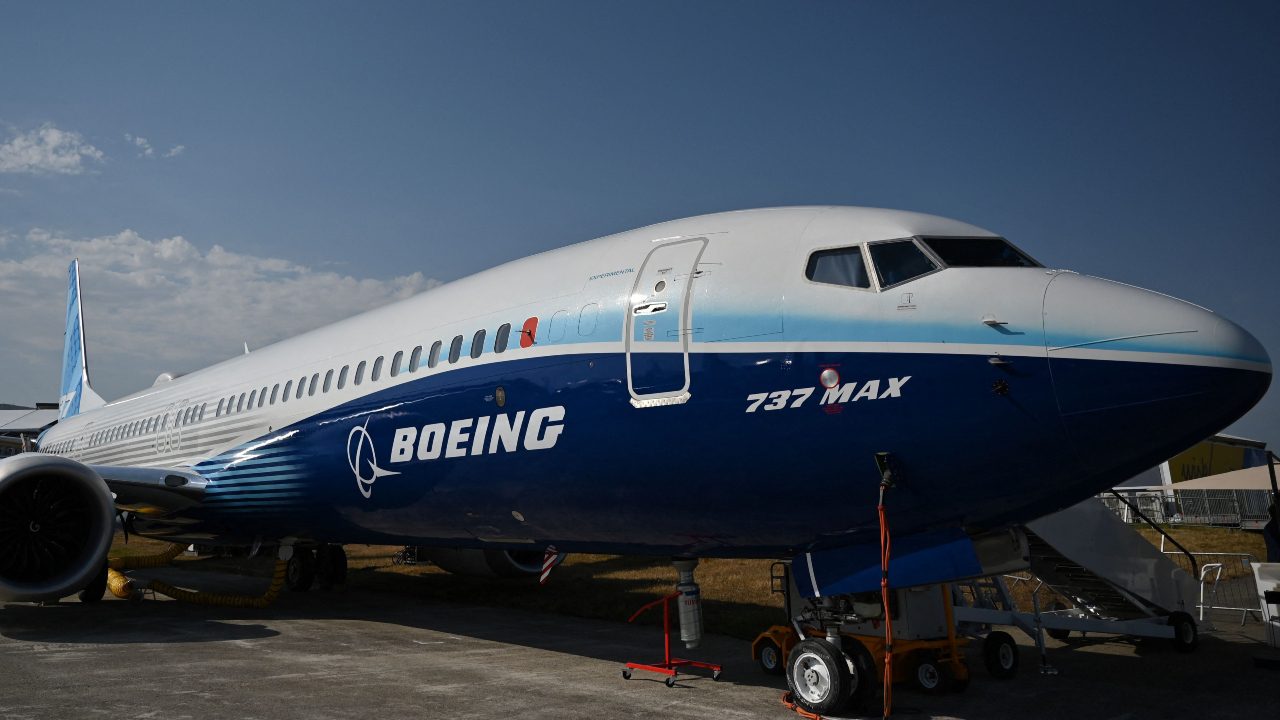The National Transportation Safety Board (NTSB) issued urgent safety recommendations on Thursday to Boeing and the Federal Aviation Administration (FAA) in response to the potential for a jammed or restricted rudder control system on some 737 Next-Generation and 737 Max 8 aircraft.
The rudder controls the side to side movement of the nose of the aircraft, otherwise known as the yaw motion.
BOEING 737 MAX INCIDENT UNDER INVESTIGATION OVER ‘STUCK’ RUDDER PEDALS
The agency is in the midst of investigating a February incident in which the rudder pedals on a United Airlines Boeing 737 Max 8 were “stuck” in their neutral position during the landing rollout at Newark Liberty International Airport in New Jersey.
At the time, the captain had to rely on the nosewheel steering tiller to control the airplane’s direction after touching down, the NTSB said.
The pilots reported that the plane was able to taxi to the gate “without further incident” and all 155 passengers and six crew members were able to deplane. No injuries were reported.
BOEING MANAGEMENT, EMPLOYEES HAD ‘DISCONNECT’ ON SAFETY, PANEL FINDS
As part of the investigation, NTSB investigators tested one of the rudder control components from the incident airplane at the component’s manufacturer, Collins Aerospace.
After conducting testing in a cold environment, investigators discovered that the function of the component was “significantly compromised.” Collins Aerospace subsequently discovered that the component was incorrectly assembled during production.
GET FOX BUSINESS ON THE GO BY CLICKING HERE
As part of Boeing’s 737 flight manual, pilots that have a jammed or restricted rudder are instructed to “overpower the jammed or restricted system [using] maximum force, including a combined effort of both pilots.”
However, NTSB investigators expressed concern that this amount of force applied either during landing or rollout “could result in a large input to the rudder pedals and a sudden, large, and undesired rudder deflection that could unintentionally cause loss of control or departure from a runway. ”
Among its recommendations, the agency suggested that the airplane manufacturer determine “appropriate flight crew responses besides applying maximum pedal force” for such situations in flight or during landing.
